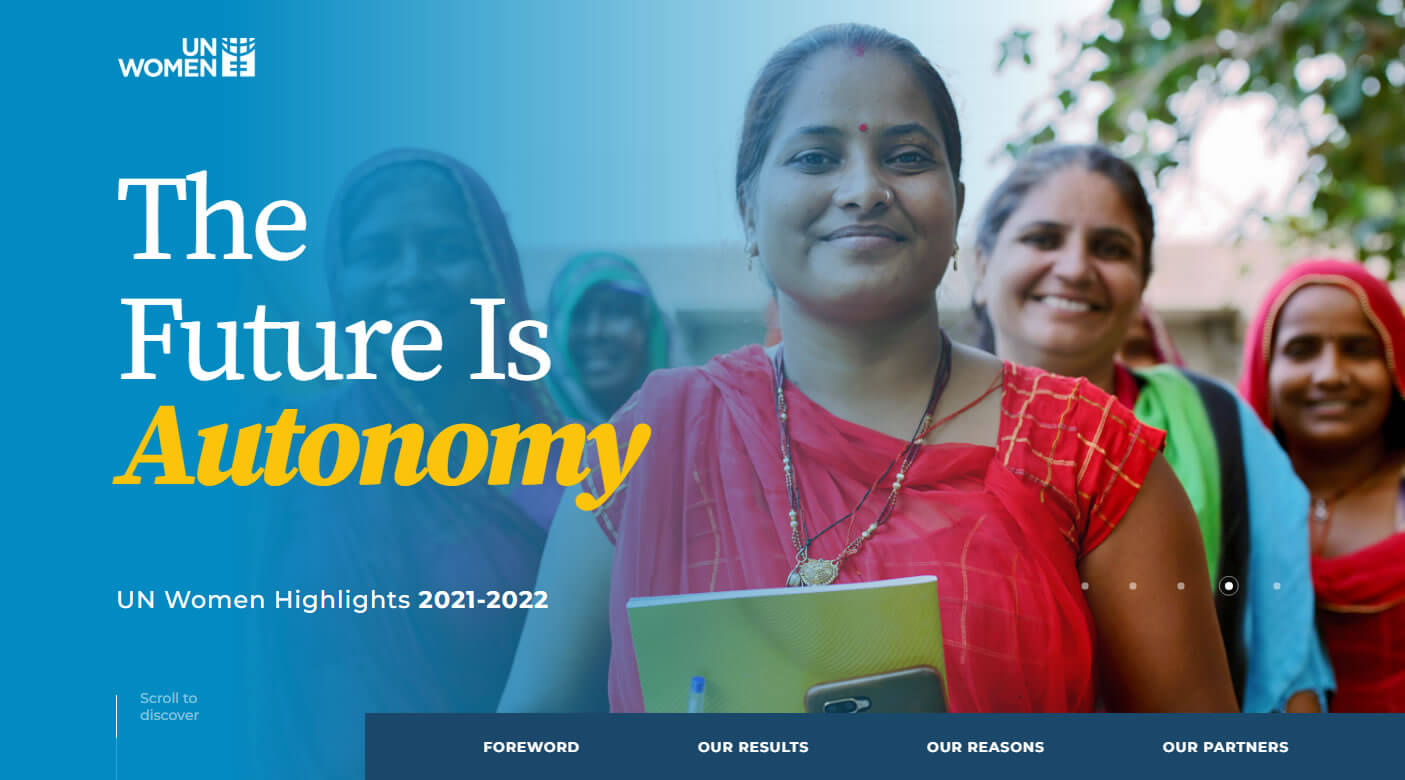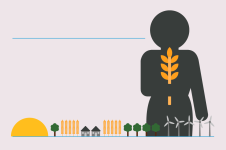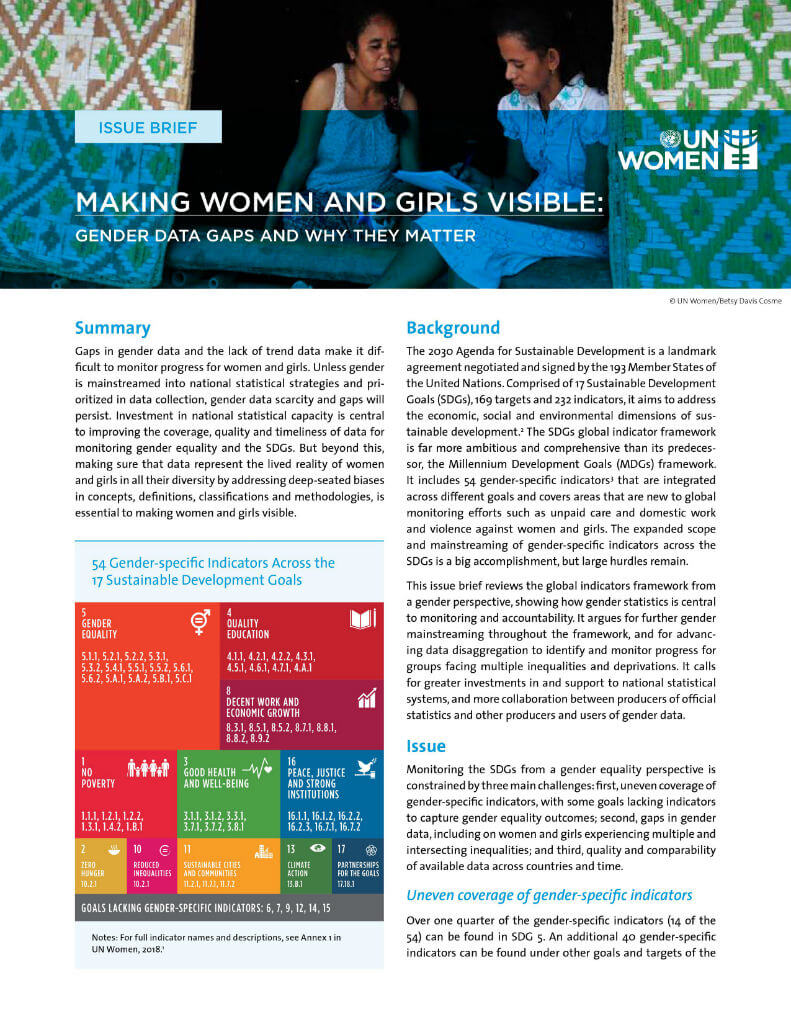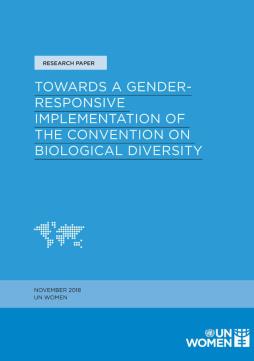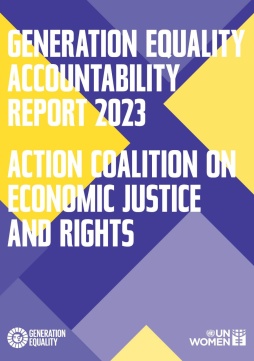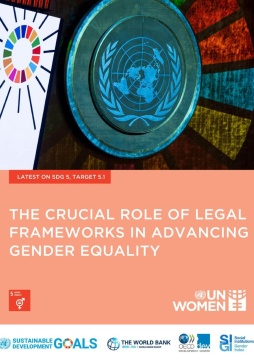Making women and girls visible: Gender data gaps and why they matter
Gaps in gender data and the lack of trend data make it difficult to monitor progress for women and girls. Unless gender is mainstreamed into national statistical strategies and prioritized in data collection, gender data scarcity and gaps will persist.
Investment in national statistical capacity is central to improving the coverage, quality, and timeliness of data for monitoring gender equality and the SDGs. But beyond this, making sure that data represent the lived reality of women and girls in all their diversity by addressing deep-seated biases in concepts, definitions, classifications, and methodologies, is essential to making women and girls visible.
This brief summarizes Chapter 2 of UN Women’s global monitoring report, “Turning promises into action: Gender equality and the 2030 Agenda for Sustainable Development”. It is part of a series that synthesizes and builds on findings in the report.
Making Every Woman and Girl Count is the gender data programme of UN Women. It seeks to bring about a radical shift in how gender statistics are used, created, and promoted at the global, regional, and country level.




